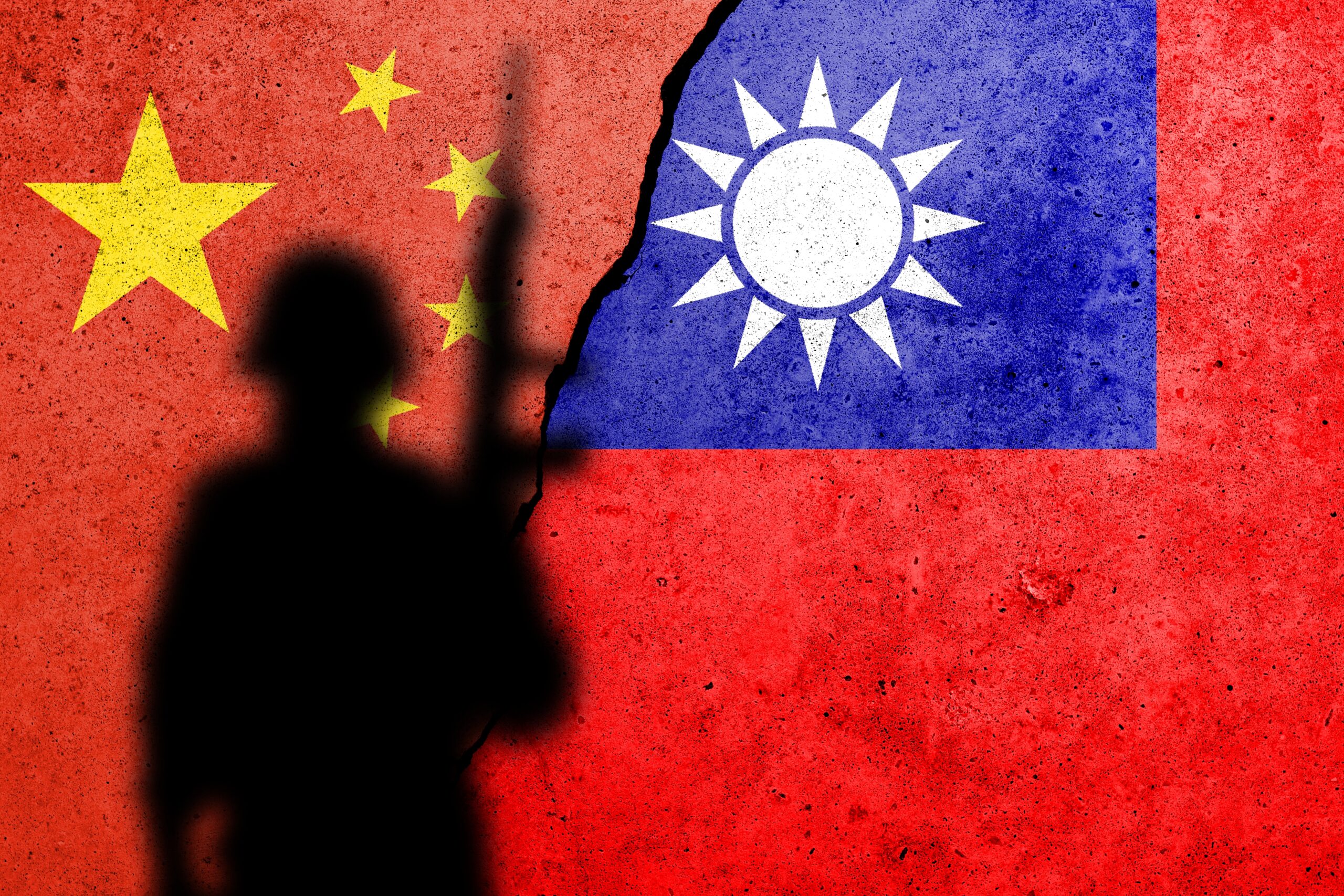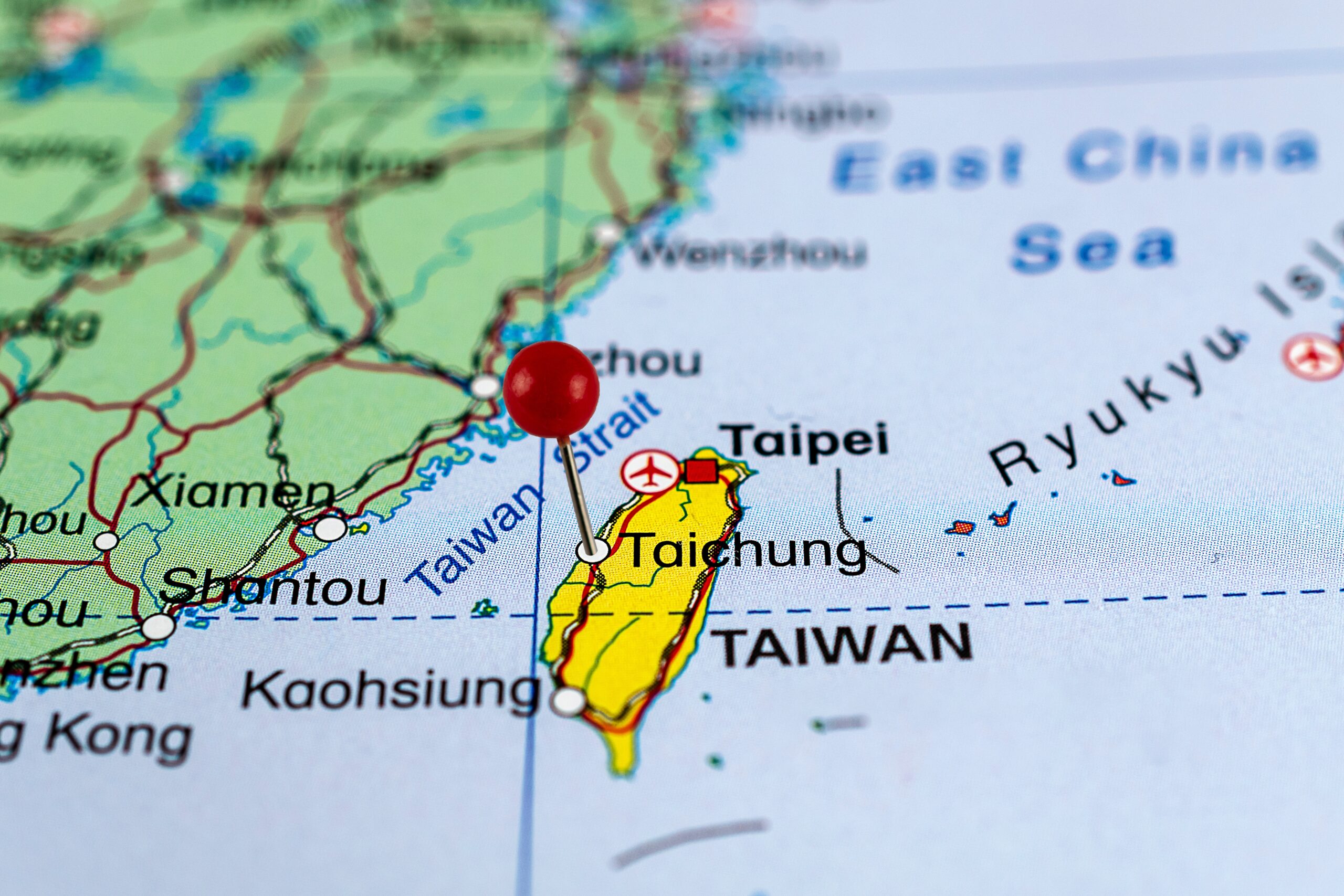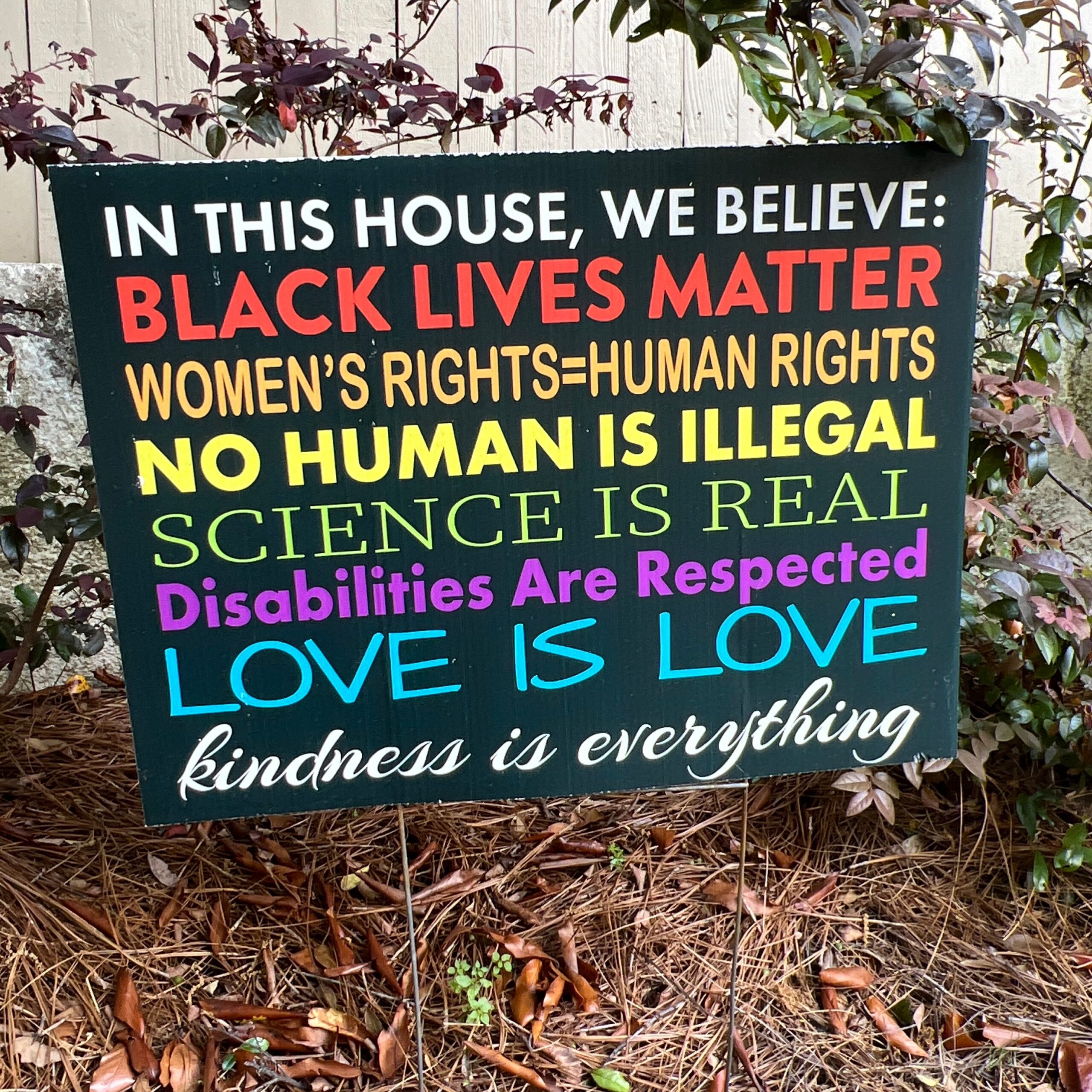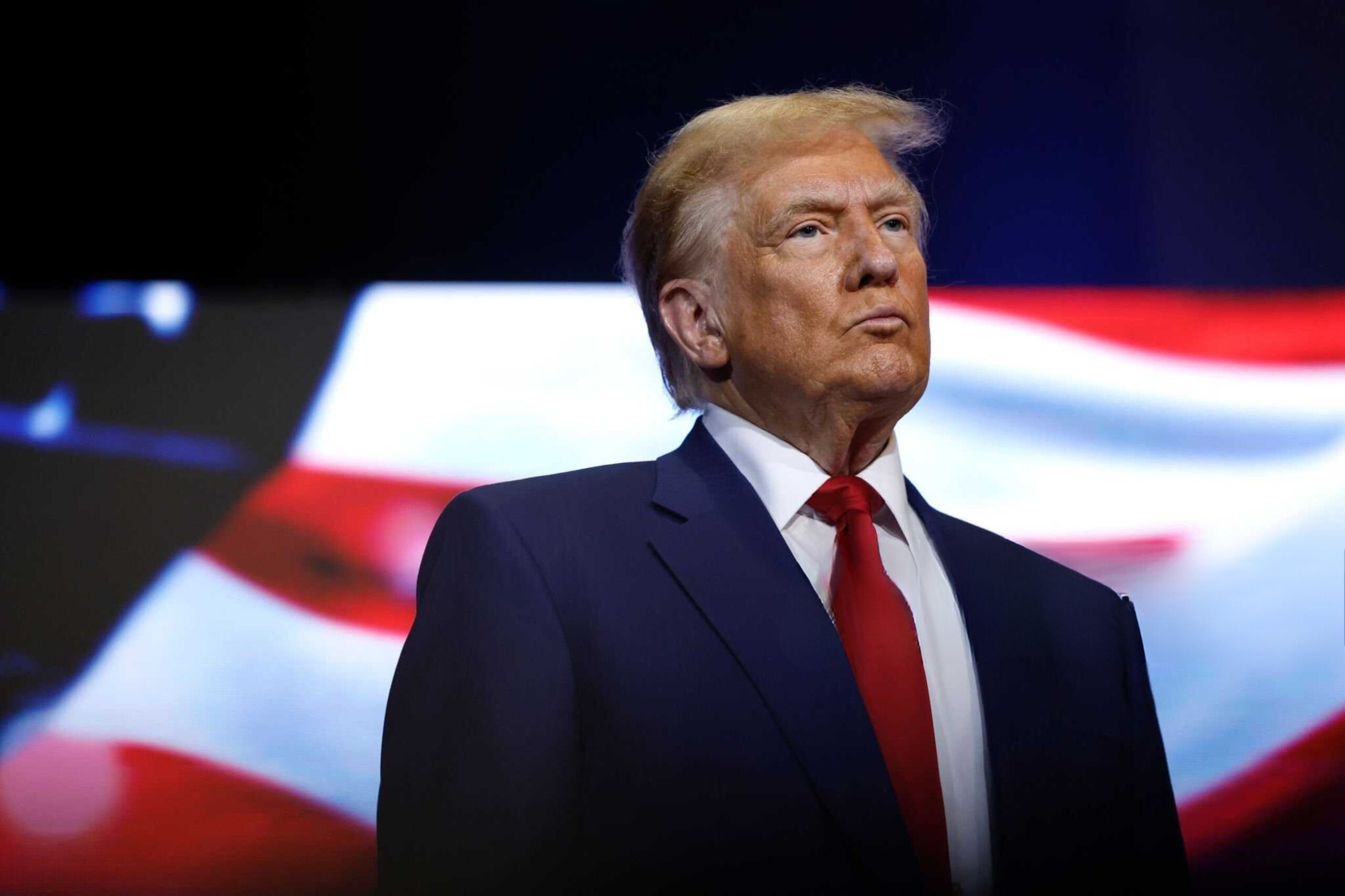|
Getting your Trinity Audio player ready...
|
For America’s liberals and centrists alike, the return of Donald Trump to the White House has inspired a familiar mix of alarm, exhaustion, and grim resignation. The second Trump administration, like the first, offers an improvisational style of governance heavy on grievances and light on institutional guardrails.
But beneath all the chaos and spectacle, a broad and profound shift is occurring. Policies that would have been politically unthinkable under a conventional Republican—let alone a conventional Democrat—are being implemented with dizzying speed. Conservative populism represents a sharp break from the post-Cold War elite consensus. It is at once terrifying and, to some extent, bracing.
Whether one focuses on immigration, trade, higher education, free speech or the size of government, the unusual mix of policies now being enacted will alter the playing field of U.S. politics for the balance of this century. We are already seeing the future of Trumpism. Amidst the dark clouds, silver linings. We see seven potential upsides to Trumpian policy.
Two give just two examples: Whether Trump retreats further from his ‘Liberation Day’ tariffs or not, trade protectionism has clearly been normalized, and it will be hard for future presidential administrations and Congress to embrace unconstrained free trade. Additionally, America’s system of alliances has been shaken by the first 100 days of Trump 2.0. It will be impossible to return U.S. diplomacy back to the post-Cold War norms of the 1990s-early 2020s.
While Trump’s initiatives are motivated by a nostalgic, far-right set of beliefs that wishes to return America to the nation it was in the late 19th and early 20th centuries – mercantilist, isolationist, and territorially acquisitive – some of these policies, viewed from a purely instrumental perspective, may align with and eventually address several long-standing liberal and centrist critiques of American governance.
Not in spirit, and certainly not in tone—but very possibly in outcome.
Can Something Good Come Out of Chaos?
It’s a strange and deeply uncomfortable idea. Can something good come from a political movement rooted in resentment and chaos? Or are there moments—however rare—when America’s right wing breaks some of the right things, for the wrong reasons, and in doing so, opens the door for more serious reform?
Put another way: amidst all the dark clouds, are there some silver linings?
This post examines seven areas where the “Trumpian policy outlook” may offer unexpected upsides: the size of the federal government, foreign policy, immigration, pushing back against DEI, the broader anti-woke crusade, the crackdown on major universities and an ideological shake-up within the Democratic coalition.
Our goal here isn’t to rehabilitate Trumpism, but to wrestle honestly with the implications of its victories—and the strange bedfellows Trumpian policy is creating along the way.
1. The Federal Government on a Diet
Donald Trump and Elon Musk’s effort to shrink the federal bureaucracy, symbolized by the creation of the Department of Government Efficiency (DOGE), is a real-time test of long-standing conservative claims. For decades, the American right has insisted that the U.S. federal government is bloated, inefficient, secretive and hostile to innovation. Now, they have the chance to both prove these claims and act to correct ‘big government’ excess.
If the effort succeeds, future administrations—including liberal and centrist ones—will inherit a leaner, more focused federal bureaucracy. If Musk’s effort fails, then it will become abundantly clear to the public and the political class alike that the conservative critique of America’s federal government was little more than 80 years of empty ideological posturing.
Either way, the so-called ‘administrative state’ will be restructured and, to some extent, immunized from future culture war battles.
Meanwhile, reductions in discretionary spending will force future budget debates to shift in the direction they have always needed to go — towards a combination of entitlement reform and tax increases. Trump may not be advertising it, but his policies are quietly setting the stage for the future fiscal reckoning that both major parties have long postponed.
2. A New Foreign Policy Reality
Trump’s erratic foreign policy instincts provoke bipartisan anxiety, but they are producing some results that sober-minded U.S. strategists have sought for years.
European NATO members, long dependent on American defense subsidies, are finally investing in their own militaries. Trump’s bombast—and the Russian invasion of Ukraine—are starting to achieve, or at least set in motion, what decades of diplomatic pressure could not: a genuine rearmament of Western Europe.
In Eastern Europe, Trump’s perceived sympathy for Russia may have a paradoxical benefit. While damaging to Ukraine, it may de-escalate tensions between Moscow and Washington, who have been fighting an undeclared war with each other on Ukrainian soil. Washington’s deep involvement in the Ukraine conflict presents outsize risks to both powers, including the ever-present possibility of nuclear conflict.

Russia remains bogged down in Ukraine, expending lives and resources at a staggering rate in its attempt to subdue the breakaway republic. If Trump’s posturing buys time for the U.S. and Russia to step back from the brink, and for Russia and Ukraine to reconsider their present strategies, then the U.S. could reap strategic benefits while surrendering little of consequence.
In the Middle East, Trump is far more likely than Biden to back Israeli efforts to destabilize or destroy the Iranian regime. If successful, this would reset the regional balance of power and provide a new foundation for a Saudi-Israeli entente—one that may be brokered by a second-term Trump himself.
The biggest irony of all may be that an administration rooted in disruption could become the broker of a new and potentially more stable regional order.
It can be difficult to imagine a more stable and peaceful order amidst all the present chaos and destruction – Gaza levelled, Lebanon a basket-case, Syria transitioning to God-knows-what – but the present strife should not lead us to completely discount the possibility that a more durable peace might finally emerge from present, seemingly intractable conflicts.
3. Immigration Gets Re-Centered
Trump’s immigration policies remain deeply controversial. But for centrists and moderate Democrats, they also offer a chance to recalibrate a debate that has been dominated for too long by the slogans and symbolic gestures of the progressive left.
Stricter border enforcement, tougher asylum standards, and opposition to sanctuary policies reflect concerns that polls show are broadly shared across the political spectrum—even if most liberals hesitate to say so out loud. The numbers of foreign-born Americans and illegal aliens are at their highest levels as a percent of the U.S. population since 1924, the year in which the last major federal legislation restricting immigration, the Johnson-Reed Act, was passed.
Rapid demographic changes brought on by decades of permissive immigration policies and lower native birth rates are clearly generating a deep feeling of unease among many segments of the U.S. population – unease that must be addressed by legal and administrative means before it metastases into deeper societal unrest with a clear potential for violence.
More importantly, the backlash to progressive immigration maximalism gives moderates a powerful argument: that Democratic leaders who embraced open-border rhetoric invited a public response, and that a course correction is both necessary and politically survivable.
The poster boy for politically unpopular open-border policies is former President Joe Biden. As we have discussed previously on this site, the slump in President Biden’s popularity from late 2021 into mid-2022 had three main causes: the disastrous withdrawal from Afghanistan, the unexpected rise in inflation, and a massive surge of illegal U.S. border crossings.
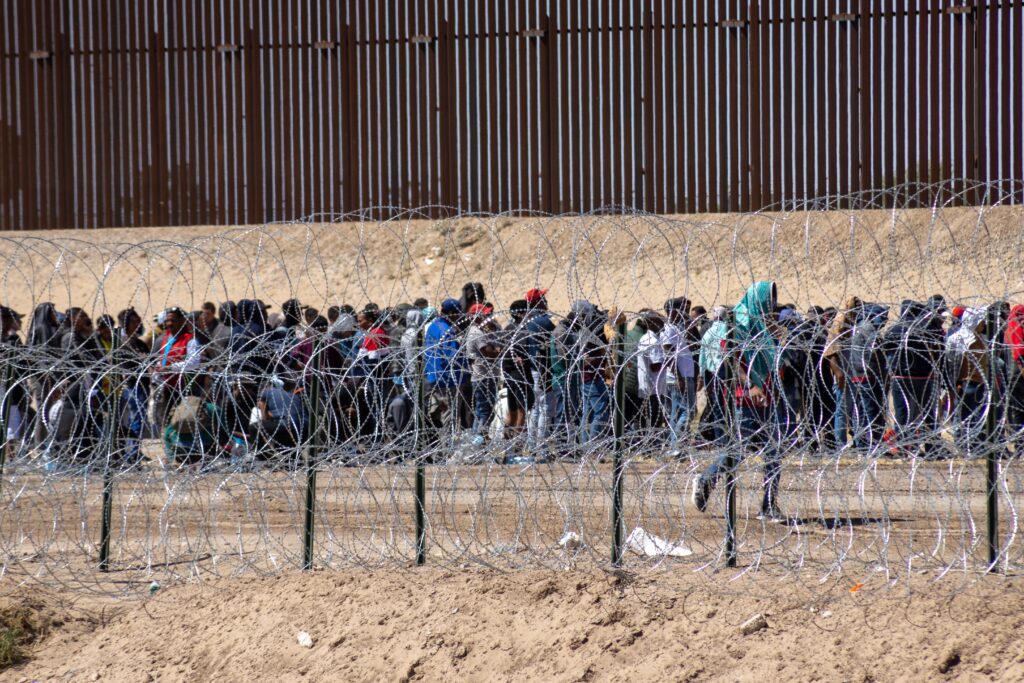
Biden’s sentimentalism clouded his judgement on the immigration issue. Because Trump had restricted immigration with harsh and inhumane methods during his first term, Biden felt compelled to reverse Trump’s actions as a matter of course. But Trump’s anti-immigration stand was quite popular in its time – except among progressive Democratic Party activists to whom Biden was both deeply beholden and with whom he was emotionally in sync.
That the Democratic ticket lost the 2024 election in large measure due to public discontent over Democratic immigration policies should not be forgotten by liberal and centrist voters and officeholders. Allowing the right this victory would remove the issue from public discourse like what the 1924 Johson-Reed Act accomplished in its time. This would allow space for the public to move on to far more urgent political concerns – maintaining the rule of law chief among them.
4. DEI Meets Its Match
Few policy areas have been more ideologically charged in recent years than Diversity, Equity, and Inclusion (DEI). Trump’s aggressive moves to strip DEI requirements from federal agencies and contractors are predictably crude and legally suspect. But the broader backlash they represent is not without merit.
Many liberals—especially outside the professional activist class—have grown wary of mandatory ideological training, vague accusations of systemic guilt, and accelerating bureaucratic growth around identity politics. In fact, some prominent liberals are openly embracing the new GOP policy direction, greeting the likely end of DEI with unfeigned relief.
By confronting DEI head-on, the Trump administration is forcing institutions to reassess not just their messaging, but their underlying assumptions. In some cases, this could lead to better, more durable reforms that re-center the mission of public institutions around effectiveness and fairness, rather than employee ‘re-education’ and ideological conformity.
5. Wokeism and the Limits of Cultural Power
The anti-woke crusade, of which DEI is only one front, has been used by Trump as a rallying cry against what he sees as elite overreach. While Trump’s rhetoric often slides into demagoguery, the populist reaction to DEI itself is instructive.
Any Trump agenda analysis that fails to acknowledge the unease and disgust felt by a broad cross-section of Americans to many aspects of wokism will simply miss the mark. Between the pandemic lockdowns and the rapid expansion of woke ideas from elite academia into regional public schools, Americans of most political stripes experienced the bureaucratic and cultural power of the progressive left negatively. The years 2020 and 2021, in particular, have left a mark.

Progressives and their liberal allies who overreached in the 2020-24 era—demanding speech codes, enacting public shaming campaigns, lining up uncritically behind the practice of ‘youth gender medicine’ and institutionalizing ideological litmus tests—may now be reckoning with the ugly consequences of their philosophical conformity.
The Trump backlash could, and should, function as a correction. If progressive overreach undermined public trust in institutions, then the rollback may give those institutions a chance to rebuild on a more moderate foundation. For centrists, this could present an opportunity to reclaim the cultural commons from both sides of the political spectrum.
As we have pointed out previously, the unpopularity of both major U.S. political parties has opened the largest opportunity in three generations for new parties to organize at the grass roots and run candidates with moderate and alternative political platforms.
For the 60% of voters who count themselves among the ‘politically homeless’, both wokism and the harsh Trumpian backlash may be exactly what is needed to get behind real alternatives. Whether that alternative is the Forward Party, the No Labels movement, the Greens or some other force, clearing the weeds of wokism might be the gardening needed to prepare the ground for a new crop of candidates.
6. The Ivy League Under Siege
Elite universities like Harvard and Columbia have emerged as primary targets of the Trump administration’s populist campaign. Accusations of antisemitism, ideological monoculture, and financial opacity have brought unprecedented scrutiny to top-ranked institutions of higher learning long viewed as politically untouchable.
This crackdown, though motivated by conservative grievances, could ultimately prove beneficial.
The dominance of Ivy League schools and their graduates over American intellectual life and the highest echelons of academia, big business and government has narrowed the range of acceptable perspectives within major institutions and centralized cultural authority in ways that a majority of Americans, including many liberals, find troubling. With the prestige of these institutions under assault, we may finally see a long-overdue decentralization of academic influence.
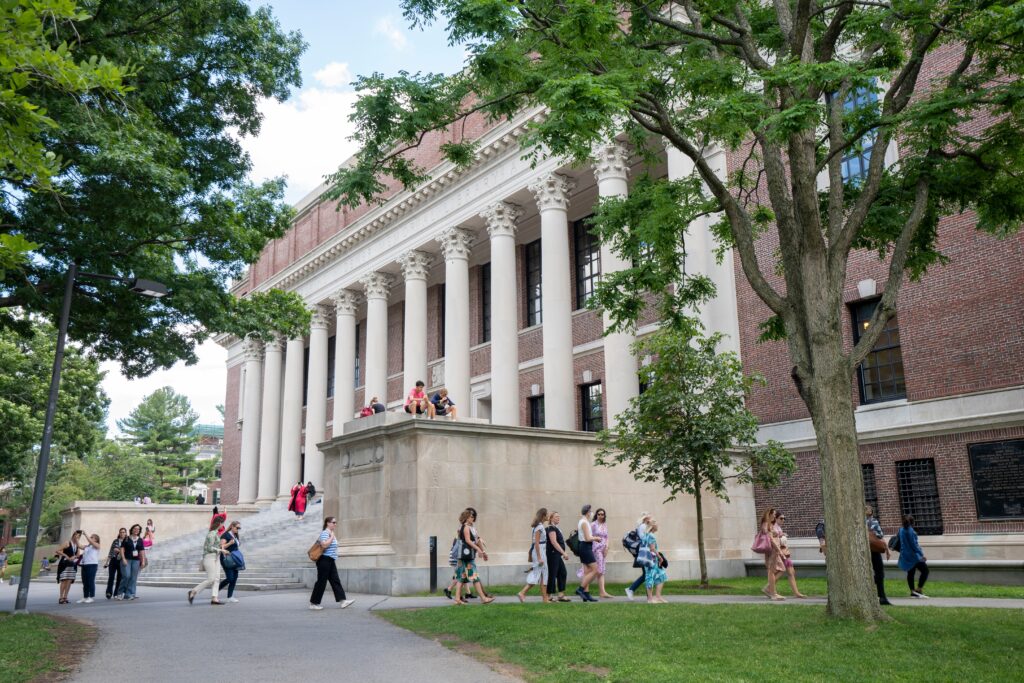
State university systems can act as a healthy counterbalance, their influence rising as the prestige of the Ivy League wanes. Smaller private colleges in the South and Midwest are also rising to compete for America’s top high school students. With ‘wokism’ under criticism and resentment against the Ivy League’s outsize influence both widespread and growing, the time is ripe for alternative coalitions in higher education to emerge in the battle for intellectual prestige.
Top U.S. high school students already began gravitating toward flagship public universities and regional private schools with strong programs – and fewer ideological constraints – over the past five years. If the Ivies are forced to moderate their politics and increase transparency to retain their cultural relevance, the result could be a more pluralistic and intellectually diverse American higher education landscape.
Alternatively, if legal and bureaucratic attacks by the Trump Administration galvanize Harvard and other elite universities to re-discover their core values and missions, it will re-legitimize these colleges in the eyes of many Americans who have come to regard them as ideologically suspect, elitist and focused on concerns far removed from the needs of their fellow citizens.
7. The Progressive Reckoning
Perhaps the most ironic upside to Trumpian policy is that it gives the old-school liberals and centrists who still constitute the center of the Democratic Party valuable ammunition in their internal civil war against far-left progressives.
The progressive wing of the Democratic Party pushed hard in the last decade to expand its influence across all major American institutions, often with little regard for political blowback.
Donald Trump is that blowback, quite literally personified.
Now, moderates of all stripes can point to the excesses of the progressive left—on immigration, youth gender medicine, transgenderism, race, free speech, and institutional politics—and argue that their overreach helped pave the way for the ferocious backlash exemplified by Trumpism. In doing so, they may reclaim control of the Democratic Party’s future direction.
If moderate liberals and centrists, or more economically-minded progressives, fail to steer the Democratic Party back to electoral viability, then the new political forces mentioned above such as Forward and No Labels – or some fresh party not yet in existence – could rise from the ashes of the present crisis.
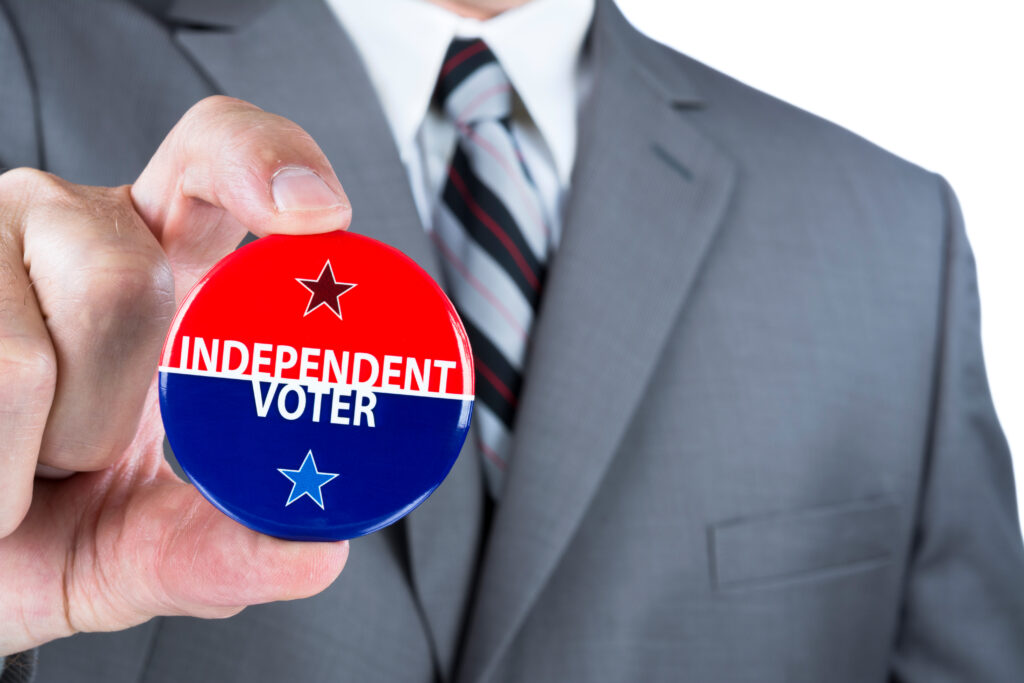
Conclusion: Strange Bedfellows, Strategic Openings
None of these upsides justifies the return of Donald Trump to the U.S. presidency. But ignoring them would be a mistake.
History rarely offers clean moral lines; instead, it offers crises, contradictions, and unintended consequences. Trumpism, for all its destructiveness, is now creating conditions that liberals, centrists and even some traditional conservatives may be able to harness—but only if they are willing to see the battlefield clearly.
The question is whether they will. Will they seize the opportunity to learn, adapt, and rebuild? Or will they remain so blinded by their disgust for the messenger that they miss the manifold openings his message creates? Either way, the MAGA storm has returned to Washington, D.C. Amidst its many dark clouds, a few silver linings may be starting to show.
Until next time, we remain —
Greymantle


